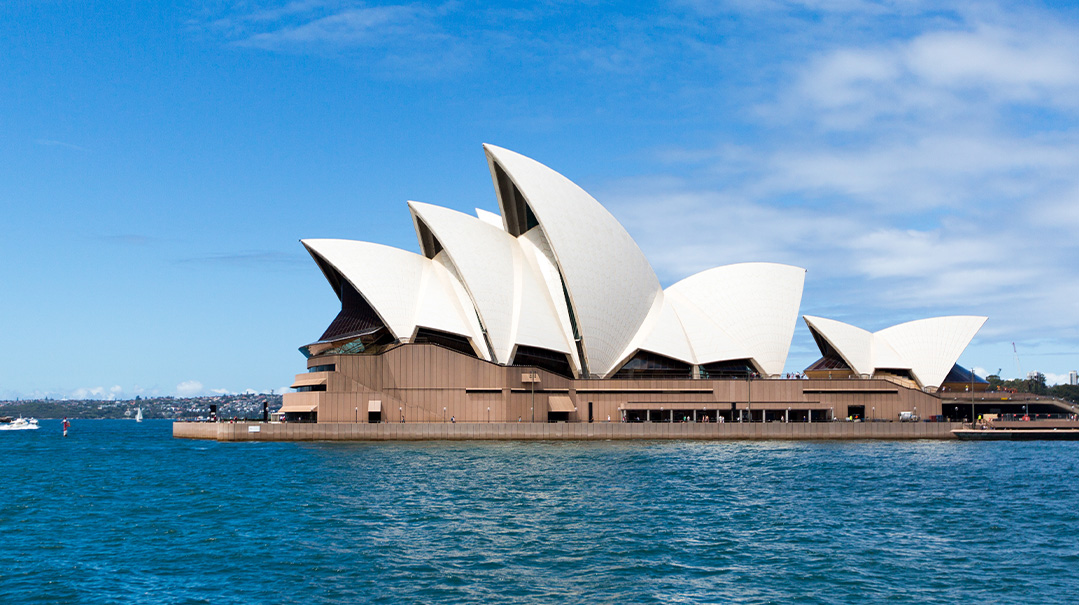Amazing Architecture

Most architects design buildings to be practical, but some wants their designs to tell a story or make a statement

Sydney Opera House
Sydney, Australia
The gleaming white sails of the Sydney Opera House in Sydney, Australia, is not just a symbol of the city, or even of the country — it is a symbol of the entire continent.
Perched at the edge of Sydney Harbour, the opera house is home to several concert halls and theatres that host 1,600 events each year. Don’t let the name mislead you — the opera house hosts much more than just operas. People come to watch a whole range of live performances, including concerts, ballets, circuses, and plays. It’s also Australia’s top tourist attraction.
Those sail-like white structures that make the opera house so iconic are actually called “shells.” The shells look smooth, like they’ve been dipped in white paint, don’t they? They’re actually covered with more than one million clay tiles in both glossy white and matte cream. These tiles became known as the Sydney Tile.
The architect, a Dane named Jørn Utzon, had a special passion for sailing. Since the opera house was to be situated on a harbor, he designed the building to look like the sails of ships. The construction of the design was super complicated! The engineers had to figure out how to make the shells look curvy. No two shells are alike, which made things even more complicated. Models of the shells were tested in a wind tunnel to make sure they would hold up during wind and storm conditions.
The construction of the building required several innovations, which helped lead the way for future architectural designs. One of those was a computer program that was created to help with the building of the interior arches that hold up the shells. That might not sound so impressive in 2022, but this was back in 1959! The opera house was also one of the first buildings in the world that used araldite (a type of adhesive) to glue sections of structural elements together. It worked so well in Sydney that it soon became an industry standard. The air-conditioning system, which at 17,000 cubic meters was the largest in Australia at the time, was also innovative. It harnessed the harbor water to create a water-cooled heat pump system that is still used today.
The project took years; in fact ,it was completed ten years late. It was also more than 1,000 percent over budget. But those delays and extra expenses sure were worth it!
Oops! We could not locate your form.






